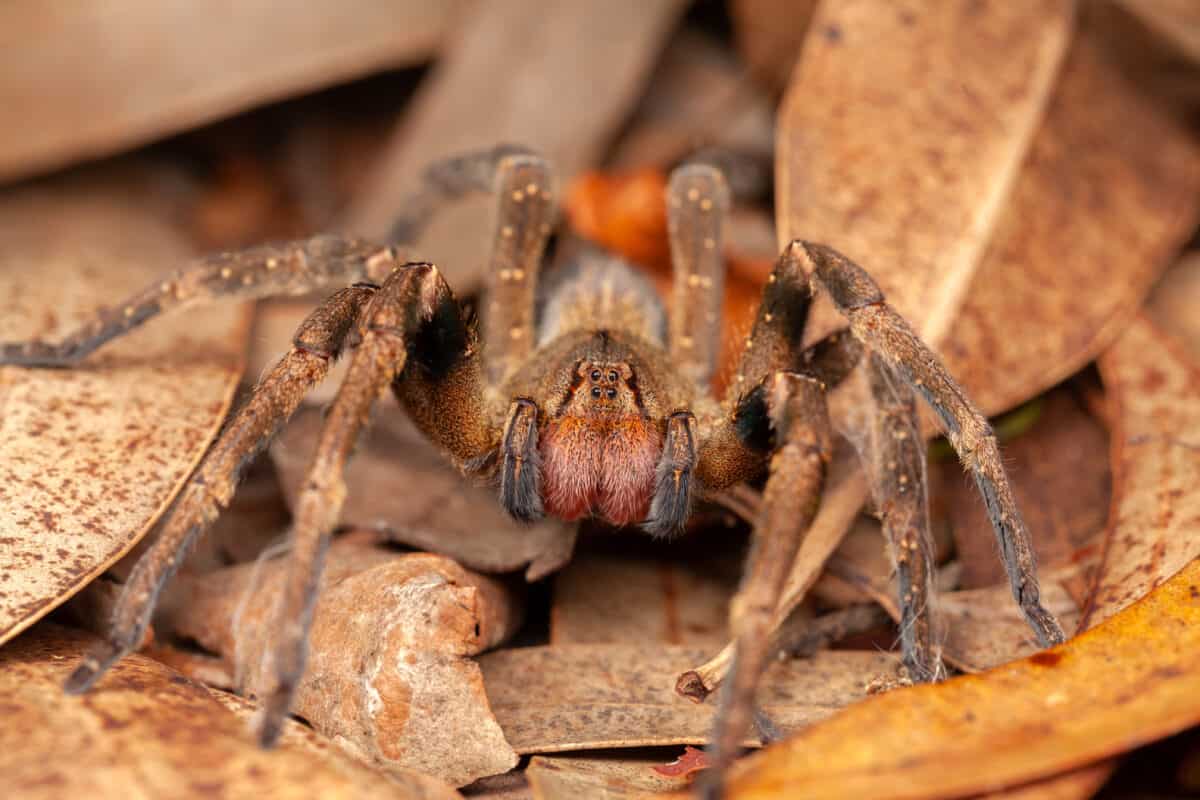The Brazilian wandering spider, belonging to the genus Phoneutria, is one of the most feared arachnids due to its venomous bite. This nocturnal predator, native to Central and South America, is known for its wandering nature, hence its name. Unlike many spiders that prefer to stay in one place, the Brazilian wandering spider is often found on the move, searching for prey during the nighttime hours.
Appearance and Habits
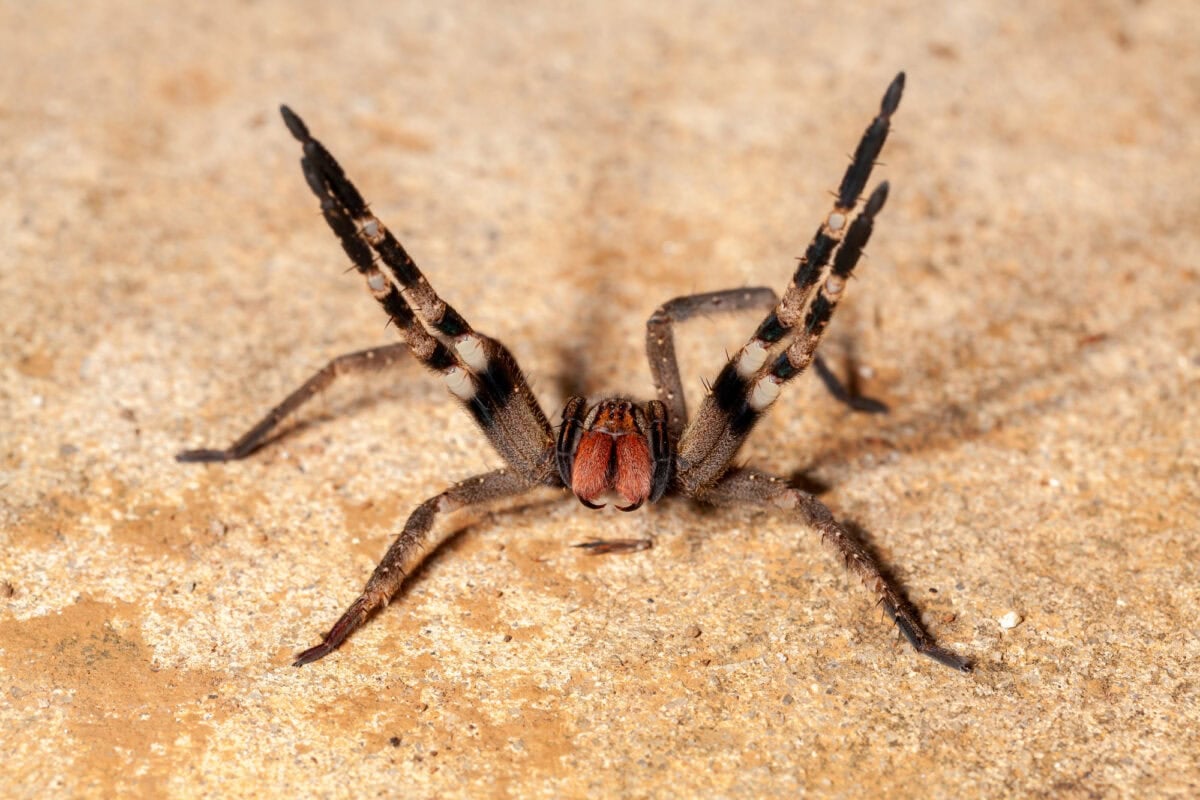
The Brazilian wandering spider is fairly large, with a body length that can reach up to 2 inches and a leg span that may exceed 6 inches. Its appearance is characterized by its robust brown body, covered in short and thick bristles, which enhances its intimidating presence. Typically, these spiders hide in banana plants, which is why they are sometimes referred to as banana spiders. However, they can also be found in homes, leading to unexpected encounters with humans.
The Potent Venom

The venom of the Brazilian wandering spider is a complex cocktail of toxins, making it one of the most potent spider venoms known to science. It contains neurotoxins and other compounds that can cause severe reactions in humans. One of its most notable components is a neurotoxin called PhTx3, which targets the nervous system, potentially leading to painful and dangerous symptoms.
Symptoms of a Bite

A bite from the Brazilian wandering spider can result in a host of symptoms, beginning with intense, immediate pain at the site of the bite. As the venom spreads through the body, victims might experience systemic symptoms, including sweating, increased heart rate, high blood pressure, and in some cases, difficulty breathing. One peculiar symptom reported by male victims is priapism, a prolonged and painful erection, due to the venom’s effect on nitric oxide pathways.
Potentially Deadly Outcomes
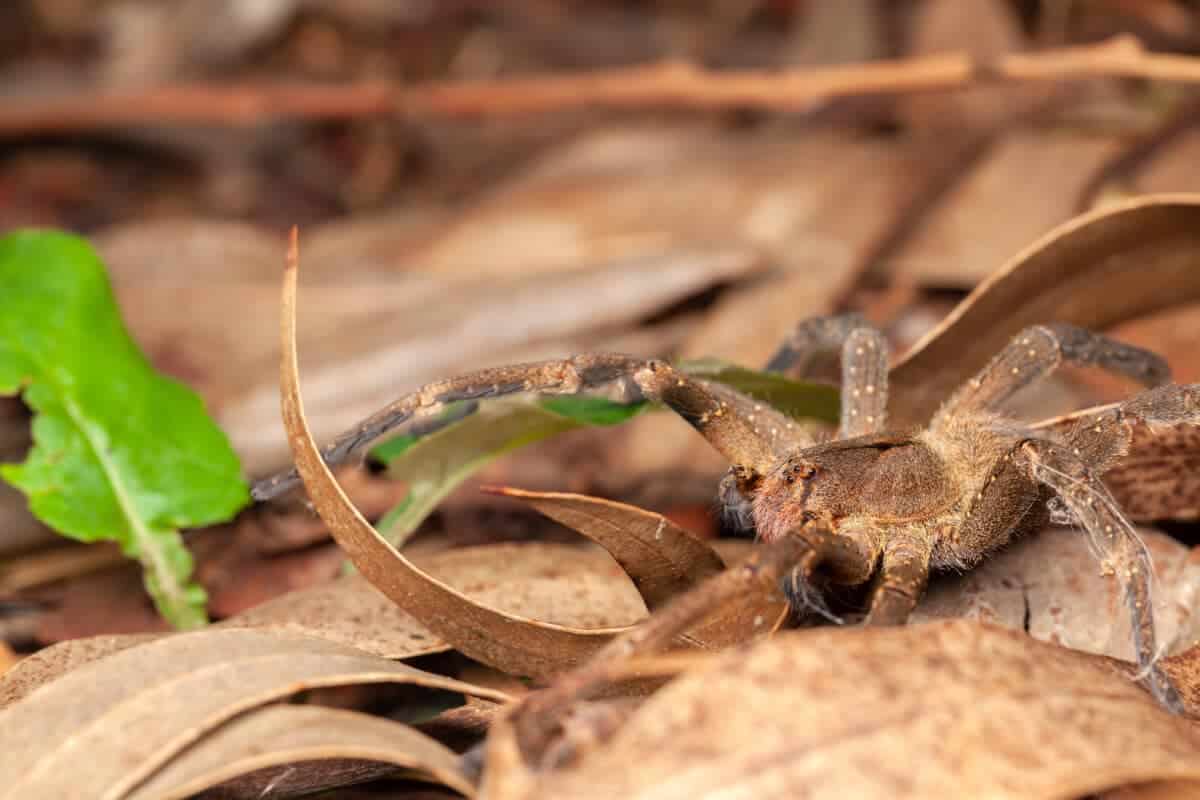
While fatalities from Brazilian wandering spider bites are rare, they are possible, particularly in children, the elderly, or those with compromised immune systems. The venom’s rapid action on the nervous system can lead to paralysis, which, if untreated, may affect the respiratory system leading to asphyxiation. Thankfully, the development of antivenom and improved knowledge about treating spider bites has greatly reduced the risk of death.
Treatment and First Aid

If bitten by a Brazilian wandering spider, it’s crucial to seek immediate medical attention. First aid steps include keeping the bite area immobilized to slow the spread of venom and applying a cold compress to the site to reduce swelling and pain. Administering antivenom is the most effective treatment, and in areas where the spider is commonly found, hospitals are typically equipped with this remedy. Additionally, pain relief medications and muscle relaxants may be administered to alleviate symptoms.
Prevention and Awareness
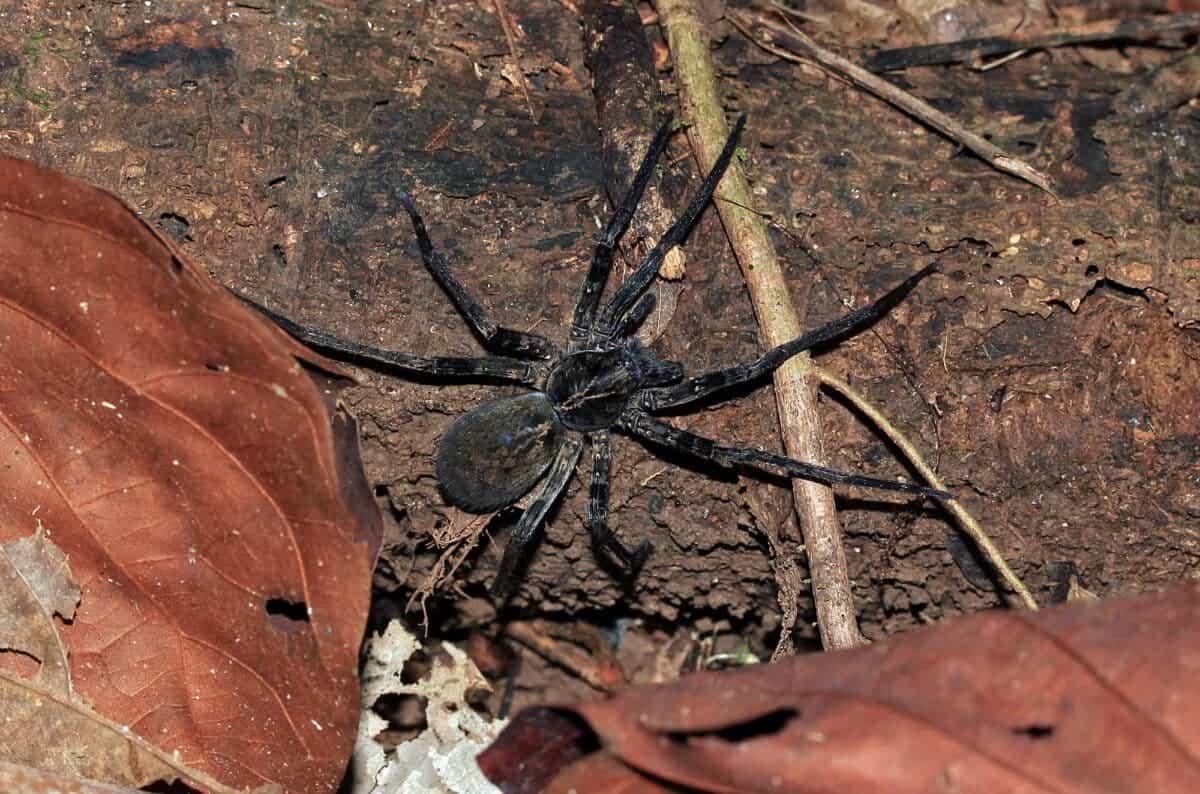
Preventing encounters with Brazilian wandering spiders requires awareness and caution, especially in endemic regions. This includes checking shoes, clothes, and bags before use, as these spiders can easily hide in small spaces. Homeowners in affected areas should also secure homes by sealing possible entry points and keeping vegetation trimmed and away from the house.
Conclusion
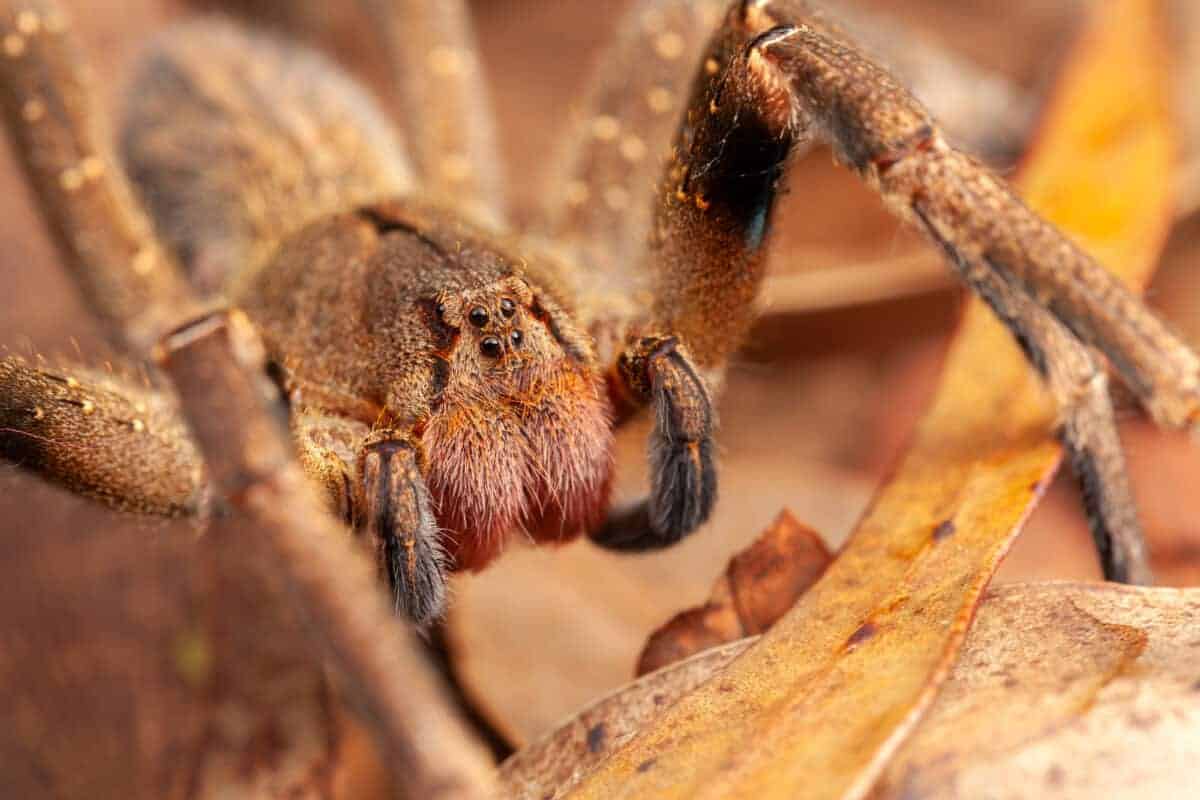
While the Brazilian wandering spider’s bite can indeed be deadly, fatalities are uncommon with prompt and appropriate medical care. Understanding and respecting this arachnid’s nature is essential while also acknowledging the vital role it plays in the ecosystem as a predator of insects and small invertebrates. With proper precautions, the risks posed by this impressive yet intimidating spider can be minimized, allowing both humans and spiders to coexist safely.
- How Baby Giraffes Learn to Walk Within Hours - August 16, 2025
- Why We Need to Save The Cross Gorilla, The Most Endangered Primate in The World - August 16, 2025
- This Snake Can Climb Glass Walls - August 16, 2025

